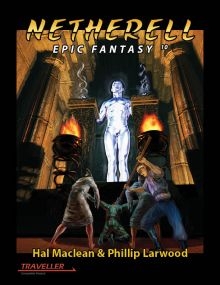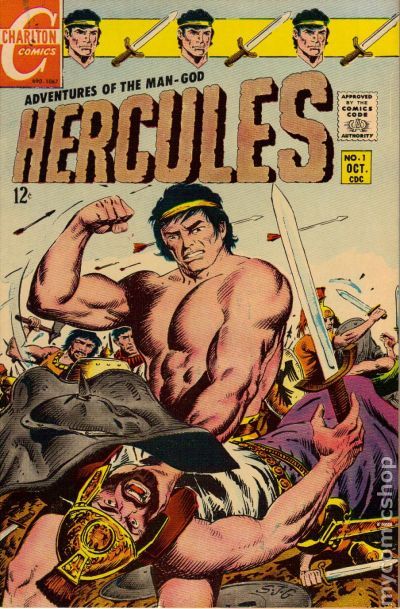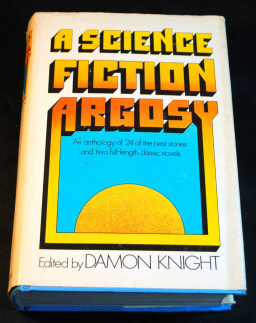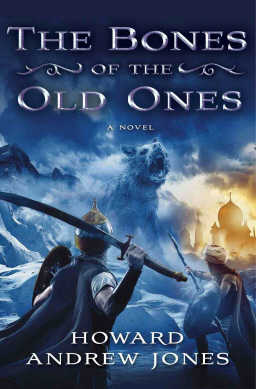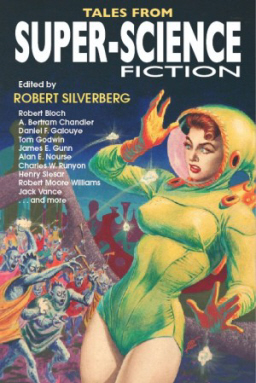House of Black Wings
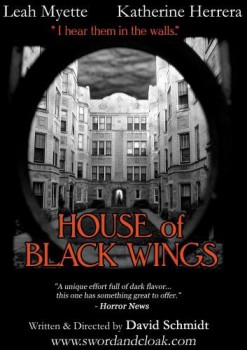 Make a list of the ten best horror movies of all time (or the hundred best horror movies of all time) (or the thousand best horror movies of all time) and at least half those titles will be low-budget, independent films. There’s a reason for that.
Make a list of the ten best horror movies of all time (or the hundred best horror movies of all time) (or the thousand best horror movies of all time) and at least half those titles will be low-budget, independent films. There’s a reason for that.
Despite garnering critical and commercial success over and over, the horror genre is still dismissed by many as lowbrow and simplistic. Big studios just don’t like investing a lot of money in horror.
Except when some low-budget film becomes a huge success. Then the studios rush in to produce big budget sequels and big budget re-makes, none of which are as good as the original low-budget feature. There’s a reason for that too.
Low-budget films can be risk-takers. They don’t have a hundred-million dollars riding on their success, so they can explore areas that will bring them a smaller (but often dedicated) viewership. There’s nothing new in Hollywood, but a quick look through independent cinema venues reveals that this is a boom time for horror movies. House of Black Wings is one of those movies that you have to seek out; but one which is well-worth the effort.
The story begins with Kate Stone, formerly up-and-coming rock star Nicki Tarot, as she abandons the career that has left her ruined emotionally, financially and physically. She finds that her only remaining friend is Robin Huck, a struggling shadowbox designer who has inherited a deteriorating apartment building following the death of her father. The two women act as caretakers to a home filled with struggling artists. But in the midst of all the emotional turmoil, there is a supernatural threat that tempts them with promises of escape.
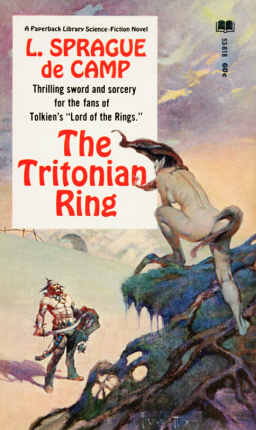
 As I watch the tumbleweeds blow through
As I watch the tumbleweeds blow through